
7 reasons to use SharePoint for policy management
If your organisation is using Microsoft 365 or SharePoint on-premises, then it makes sense to leverage the power of SharePoint to help better manage your policy documents.

If your organisation is using Microsoft 365 or SharePoint on-premises, then it makes sense to leverage the power of SharePoint to help better manage your policy documents.
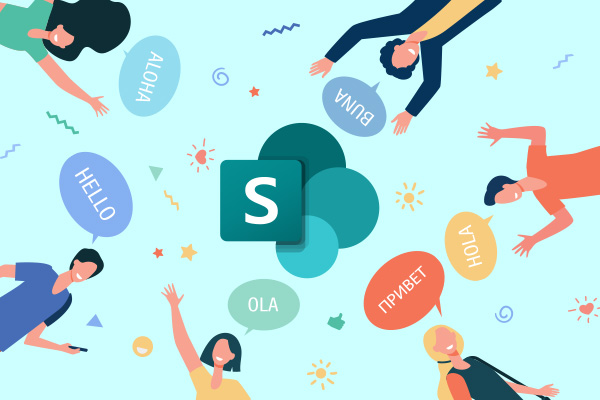
Employee onboarding is a key process in employee experience, and can make a tangible contribution to talent retention. SharePoint is a strong foundational technology to design onboarding experiences and deliver related content and features.
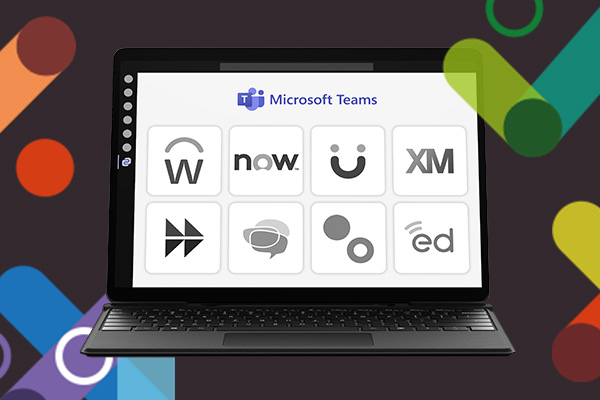
In this post, we’re going to explore some of the key takeaways from what proved to be a highly valuable deep dive into Microsoft Viva.
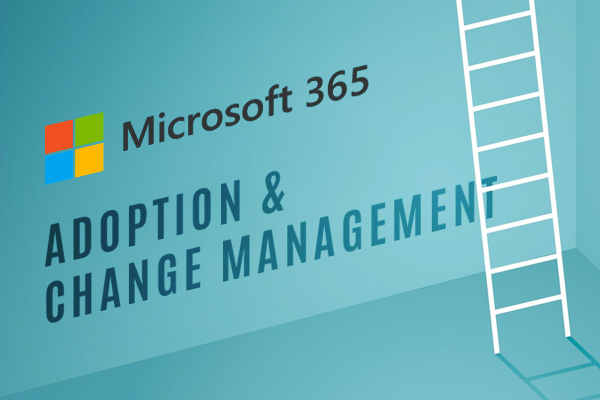
In this post, we’re going to explore why Office 365/Microsoft 365 ACM is so important and some of the associated challenges and the elements that need to be in place for a successful ACM programme.

Employee engagement is key, and the content you include on your intranet can make a real difference in helping a company to be a great place to work. Let’s explore 15 intranet content types and features that support employee engagement.
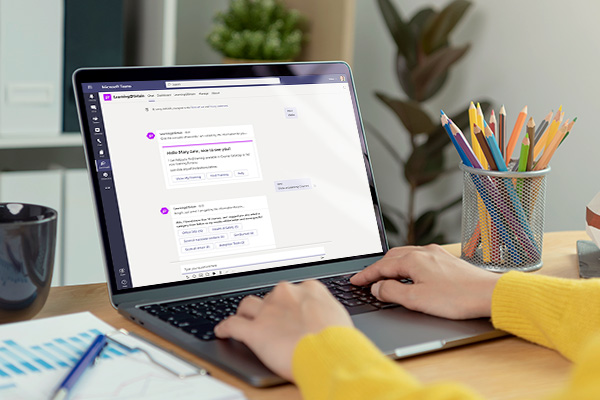
With the current focus on employee experience and on enabling people to better use digital tools, there has also never been a better time to initiate a project to deliver better learning through Microsoft 365

In this post, we’re going to explore in more detail what a social intranet is, what its main features are and the advantages it can bring.
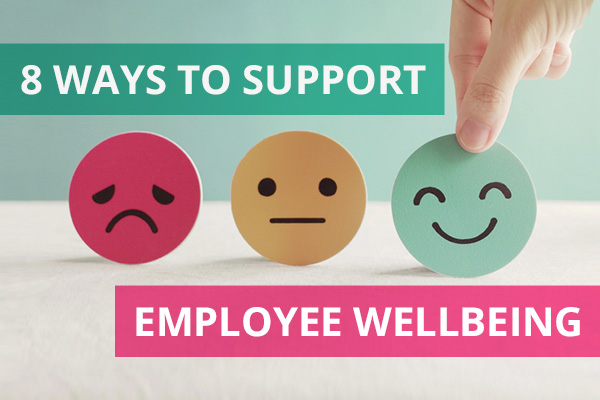
Employee wellbeing has never been more important, and your intranet and digital workplace tools can make an active difference.
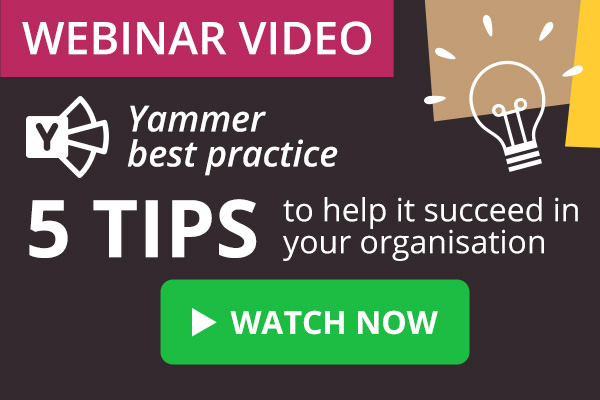
In this webinar we’ll share our experience and insights into what makes Yammer succeed within different organisations.

Improving digital employee experience is an important area, and we hope this article will give you some ideas.
Book in a live demo with us to discuss your project and find out more about our services, solutions and how we can add value to your digital workplace. Simply fill out the form and pick a time and date in our calendar.
Alternatively, if you have a question and would like more information about Content Formula, please visit our contact us page.
We look forward to meeting you.
We use cookies to give you the best experience on our site. By continuing to use our website, you are agreeing to our use of cookies. To find more about the cookies, please see our cookie notice.
You can also read our privacy policy.